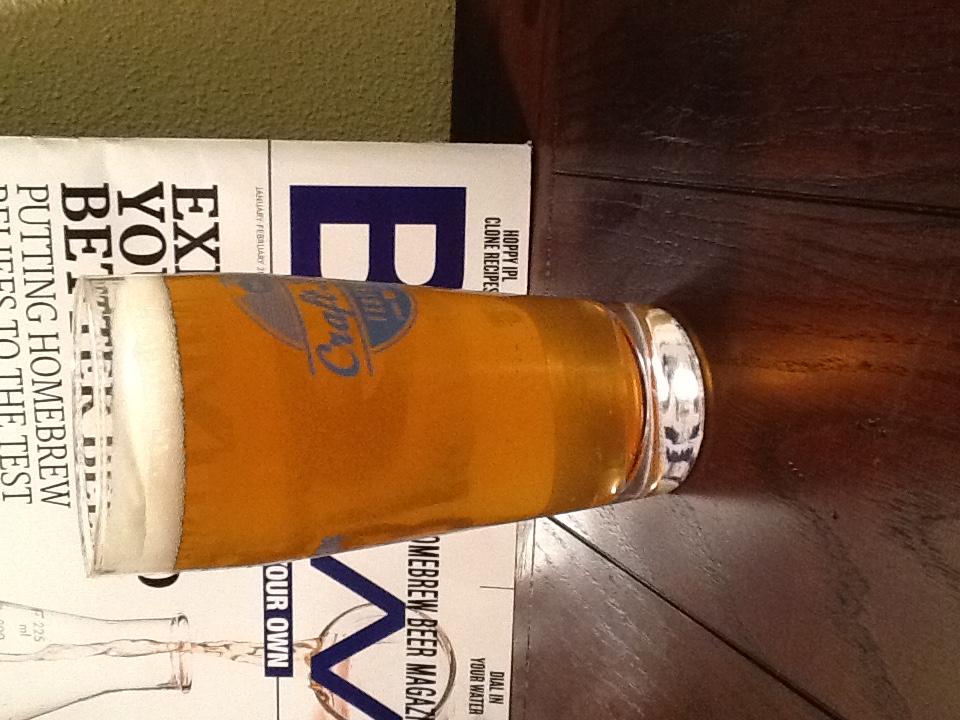I guess it is pretty easy to be offensive on the internet.
There are some extremely good IPAs here. Zombie Dust (and others by 3F) obviously, and of course Founders and Bells. But there's a lot more going on, and I don't think it'll be long before folks are talking about the "big famous ones" here. Revolution's flagship Anti-Hero is fantastic, and it headlines several other excellent options. Spiteful's Selfies are for Wieners blows me away (seriously that good), and Half-Acre has some great options by all accounts (I've only had a couple of their's, and they weren't their best). Domaine Dupage's Wobble is very good, and rates very well. Tallgrass is not my favorite of the above, but it doesn't stop me from buying 8-Bit on occasion, and I know it has a loyal fan base. If you haven't had some of these, then let me be the first to tell you - you have bright days ahead, my friend.




 Ha! Speaking of offensive posts....
Ha! Speaking of offensive posts....

